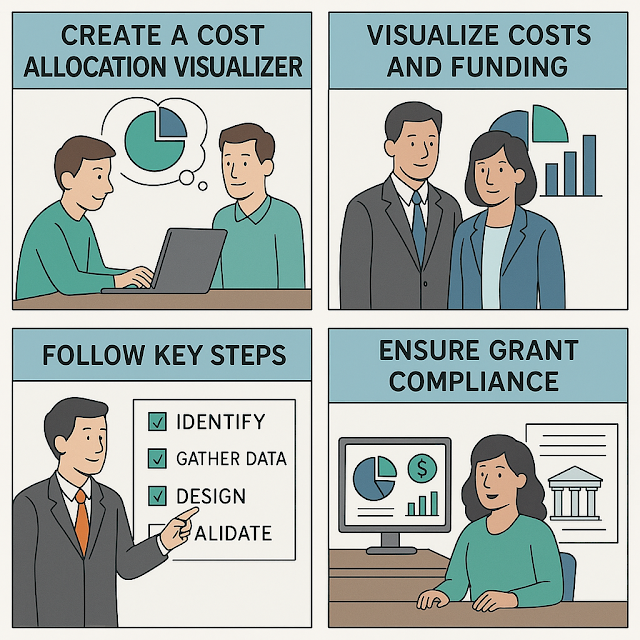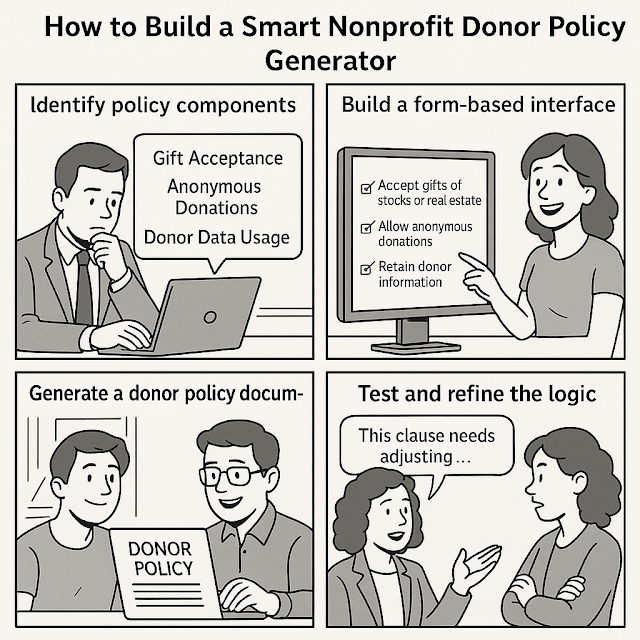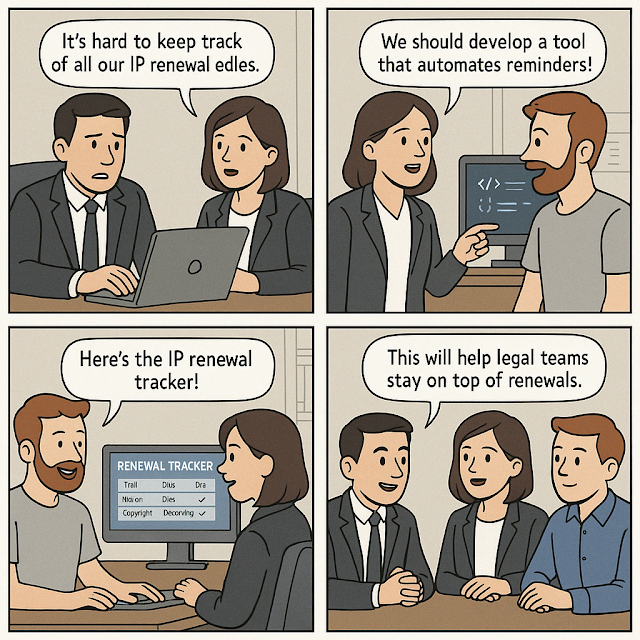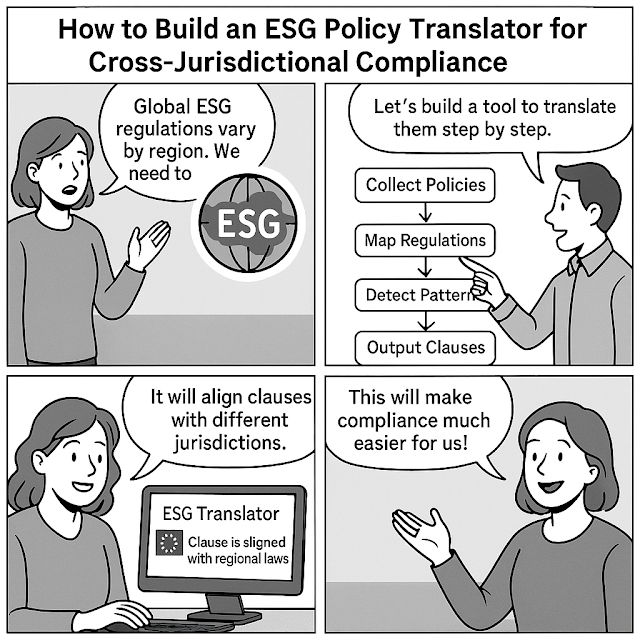How to Offer a Smart Complaint Categorization AI for Regulatory Hotlines

How to Offer a Smart Complaint Categorization AI for Regulatory Hotlines Handling public complaints efficiently is critical for any regulatory body. Traditional systems often suffer from slow response times, manual errors, and data mismanagement. Fortunately, AI-driven complaint categorization offers a transformative solution. In this guide, we'll explore how to design, build, and deploy an intelligent categorization engine tailored for regulatory hotlines. 📑 Table of Contents Why Complaint Categorization Matters Key Components of AI Categorization Systems How to Train Your AI Model Deployment Strategies for Regulatory Hotlines Best Practices and Compliance Standards Why Complaint Categorization Matters Efficient complaint categorization enables regulatory agencies to prioritize cases, detect trends, and allocate resources strategically. Without smart categorization, valuable cases might slip through the cracks, and public trust could erode. AI systems...










